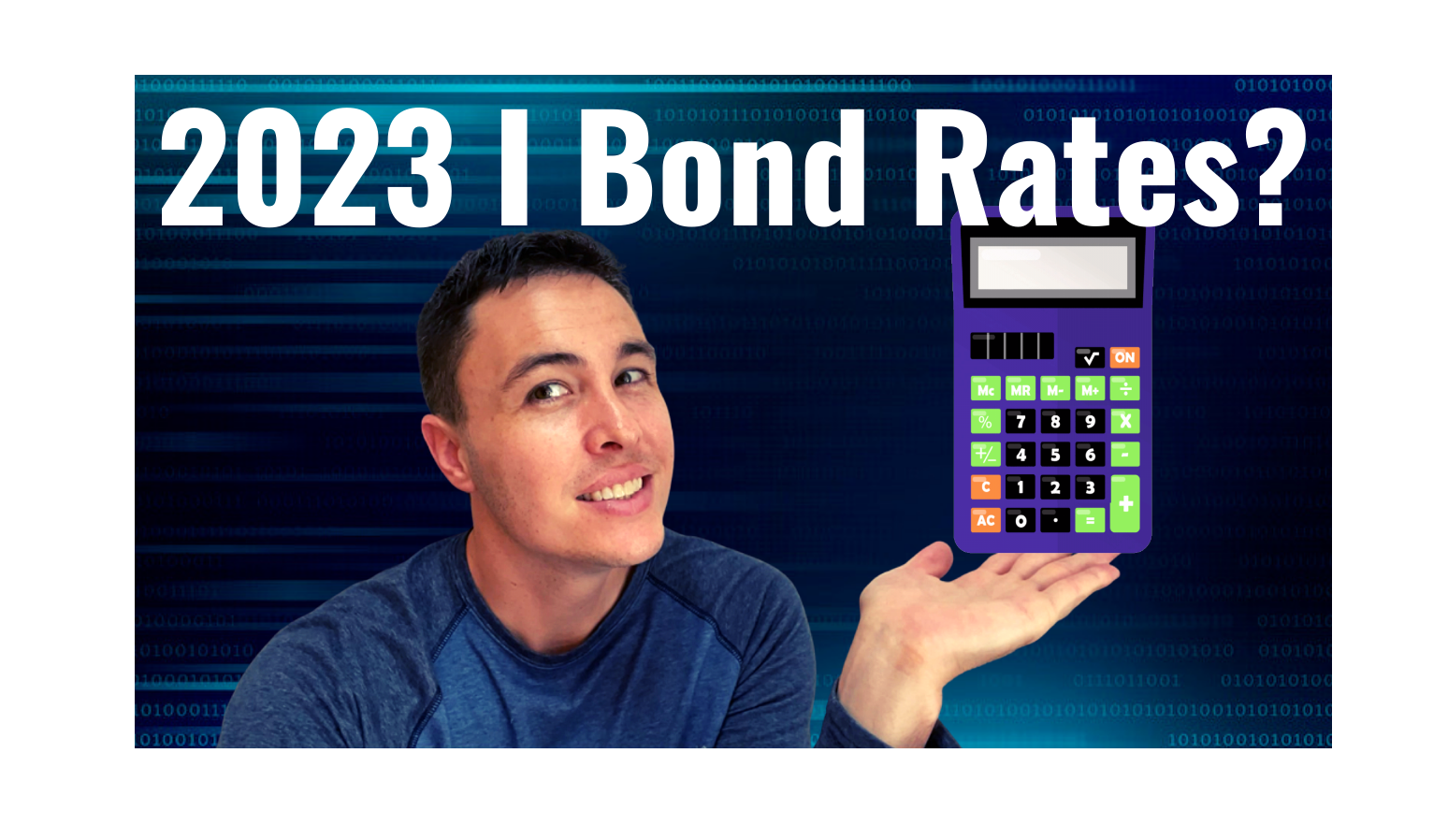
I Bond Basics | How and Why to Buy Them
If you’re looking for a secure and reliable investment option, I Bonds might be a great choice for you. These bonds, which are issued by the U.S. government, offer a safe and stable way to grow your money over time.
In this article, we’ll provide you with a comprehensive overview of I Bonds and why they might be a good option for your investment portfolio. We’ll cover everything from what I Bonds are, how they work, their features and benefits, and how you can invest in them.
What Are I Bonds?
I Bonds are a type of savings bond issued by the U.S. Department of the Treasury. They are designed to be a safe and low-risk investment option that offers competitive returns. Unlike traditional bonds, which pay a fixed rate of interest, I Bonds offer a variable interest rate that is adjusted every six months to keep up with inflation.
How Do I Bonds work?
I Bonds are purchased at face value, which means you pay the full price for the bond when you buy it. The bonds earn interest over time, which is paid out when you redeem the bond. The interest on I Bonds is made up of two components: a fixed rate that stays the same for the life of the bond, and a variable rate that is adjusted twice a year based on inflation.
One of the unique features of I Bonds is that they are not subject to state or local taxes. However, they are still subject to federal taxes. If you use I Bonds to pay for qualified education expenses, you may be able to exclude the interest from your federal taxes.
What Are the Benefits of Investing in I Bonds?
One of the primary benefits of investing in I Bonds is their safety and stability. Because they are issued by the U.S. government, I Bonds are considered to be one of the safest investments available. Additionally, I Bonds offer competitive returns that are adjusted every six months to keep up with inflation.
Another benefit of investing in I Bonds is their tax advantages. As we mentioned earlier, I Bonds are exempt from state and local taxes. Additionally, if you use I Bonds to pay for qualified education expenses, you may be able to exclude the interest from your federal taxes.
Finally, I Bonds offer flexibility when it comes to redemption. Unlike other types of bonds, which may require you to hold onto them for a certain period of time, I Bonds can be redeemed after just one year. However, if you redeem your I Bonds before they are five years old, you will lose the last three months of interest.
How to Buy I Bonds?
Buying I Bonds is a straightforward process. You can purchase I Bonds directly from the U.S. Department of the Treasury through the TreasuryDirect website. The minimum investment for I Bonds is $25, and the maximum annual purchase limit is $10,000.
When you purchase I Bonds, you’ll need to provide some basic information, including your name, address, and Social Security number. You can purchase I Bonds using a checking or savings account, or by using your tax refund.
How to Calculate New I Bond Rates
Download the Spreadsheet in the video here:
I Bonds rates change every 6 months and the new rate for I bonds issued from November 2022 through April 2023 is 6.89%.
I Bonds rates are calculated by adding the fixed rate to the inflation rate.
The fixed rate is .4% and the inflation rate is 6.49%, this equals the composite rate of 6.89%.
The next rate will be set next May 2023 and will be based on inflation rates. So if inflation goes down, then the next rate will decrease as well.
So is it still worth it to buy I Bonds?
You will get the new interest rate for 6 months after you purchase the bonds, it won’t change in the middle of your year just because the rates change so you can still lock in a high rate.
Also, remember that you have to hold them for at least 12 months and if you sell before 5 years then you forfeit the last 3 months of interest.
So let’s look this example:
$10,000 worth of I bonds bought on Oct 28th at 9.62%
1st 6 months – $481.00 interest earned
– $10,000 x 9.62/2 = $10,481
2nd 6 months – $361.00 interest earned
– $10,481 x 6.89%/2 = $10,842.
The total for the year will be $842 in interest or 8.42%
So we just need to compare these rates to what we can get elsewhere. Most high interest savings accounts right now are about 2.72%, CDs are around 3-4% and a 52 week T-bill is 4.5%.
We can see that even if the new I bond rate went down to 3%, you’re still earning decent interest even if you have to sell after 12 months and forfeit 3 months of interest.
It’s also important to remember the purpose of these bonds, and that is that these are an inflation hedge. So if inflation does go up, your rate will also increase which might make you feel a little better next time you’re at the pump or grocery store.
Buying I Bonds with an LLC or Business Entity
It is possible to purchase I Bonds with an LLC or other business entity. However, the process for doing so is slightly different than purchasing I Bonds as an individual.
First, you will need to set up a TreasuryDirect account for your business. This will require providing your business’s Taxpayer Identification Number (TIN) and other identifying information.
Once you have set up your TreasuryDirect account, you can purchase I Bonds through the account using your business’s checking or savings account. The process for purchasing I Bonds with an LLC or other business entity is essentially the same as for individuals, but you will need to use your business’s information instead.
Additionally, buying I bonds with an LLC or business entity can have some tax advantages. If the LLC or business entity is taxed as a partnership or an S corporation, the interest earned on the I bonds can flow through to the individual owners and be reported on their individual tax returns, potentially reducing the overall tax burden. However, it’s important to consult with a tax professional to understand the specific tax implications for your particular situation.
It’s also worth noting that while I bonds are a safe and low-risk investment option, they may not be the best choice for all investors. The interest rates on I bonds are adjusted every six months based on inflation rates, which can be unpredictable. If inflation rates remain low, the returns on I bonds may not keep pace with other investment options such as stocks or real estate. Additionally, I bonds are designed to be held for at least one year and there are penalties for redeeming them before five years.
In conclusion, I bonds can be a good option for investors who are looking for a safe and low-risk investment that can help protect against inflation. They are also a flexible investment option that can be purchased online or through a financial institution, and can even be purchased as a gift for someone else. It’s important to understand the specific features and limitations of I bonds, as well as the potential tax implications for your particular situation, before investing. As with any investment, it’s always a good idea to consult with a financial professional to determine if I bonds are the right choice for your portfolio.

